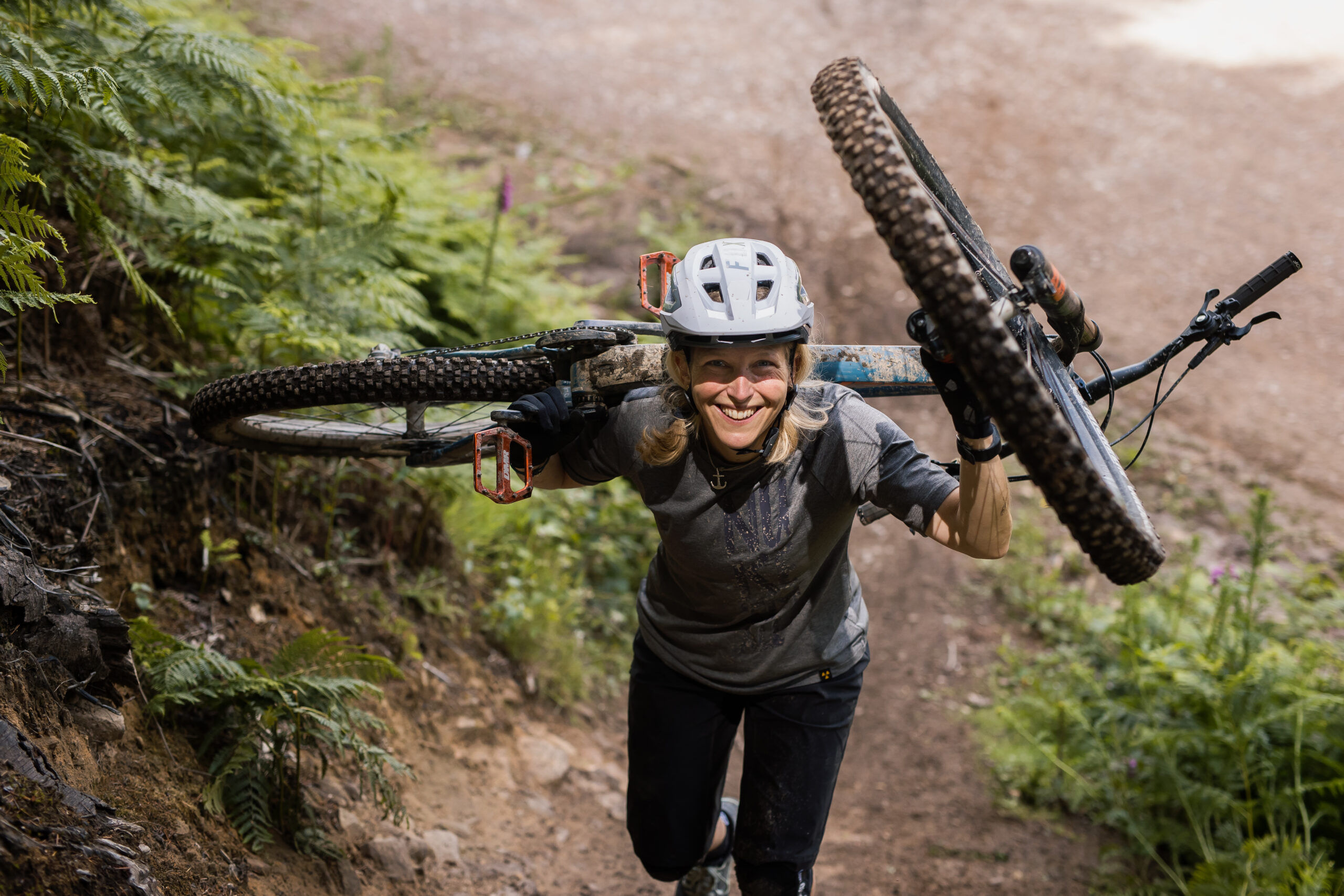In our Tech Q&A series, we tackle cycling queries – big or small, complex or simple – with insights from the BikeRadar team and trusted industry experts. Next up, a regular reader wants to know why there isn't a universal standard way of locking the stem into the correct position.
“I have never understood why there is no mechanical indexing or ‘keying’ in the stem-to-steerer connection. No one ever wants their bars to be crooked, yet every time I take apart the headset, I end up trying to eyeball them straight again. Could there not be a universally accepted way of locking the stem into the correct position – maybe a D-shaped steerer or a keyway arrangement, like some seatposts use?”
Kenneth Allen
This is a question that can be applied to both flat- and drop-bar bikes, and although it may appear to be a small issue, it can cause a huge headache (sometimes literally) when you’re riding and realise the bar you thought was on straight is slightly off by a degree or two. We hear you!
Remarkably for the bike industry, the sizing and shape of the stem/steerer interface has remained unchanged for quite some time. Round steerers and clamp-style stems are simpler, cheaper and universally compatible.
This means it’s possible to mix the brands and systems you use with ease, but it also means there’s not a great desire to alter the agreed format in order to make getting the alignment of bar and stem failsafe.
That said, as BikeRadar's senior technical writer Simon von Bromley points out, there are some bike components that have keyed interfaces, such as D-shaped seatposts, and even some of the new one-piece cockpits with D-shaped steerers, such as the latest Giant Propel and TCR.
In terms of tech solutions, digital editor Jack Luke rates the Tune Spurtreu tool.
This is a laser pointer with a mount that bridges the stem and bar, and although it’s expensive, it does the job well. Some 3D-printed laser mounts are available these days, too.
However, the simplest solution is to carry a multi-tool – and if you spot the stem is misaligned on a ride, you can just loosen the stem bolts and nudge it into place.




